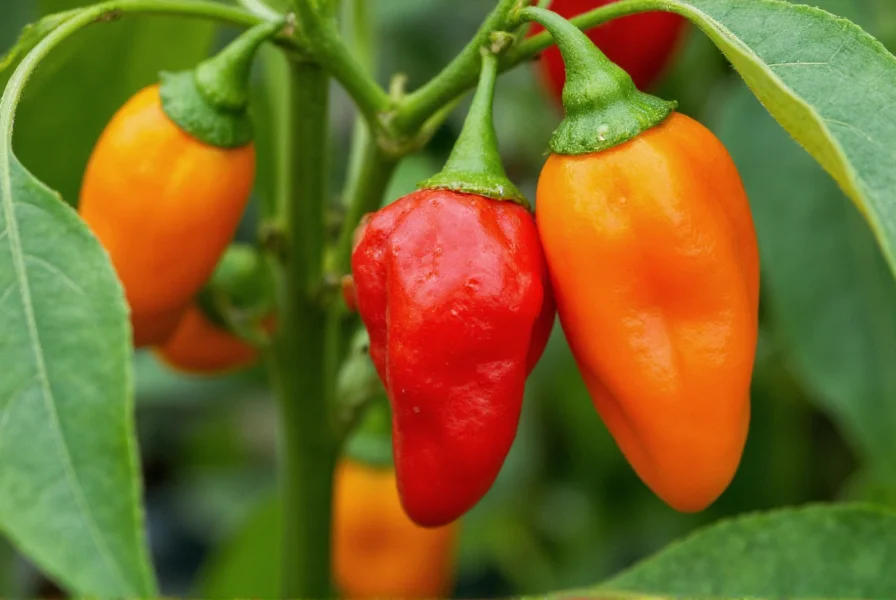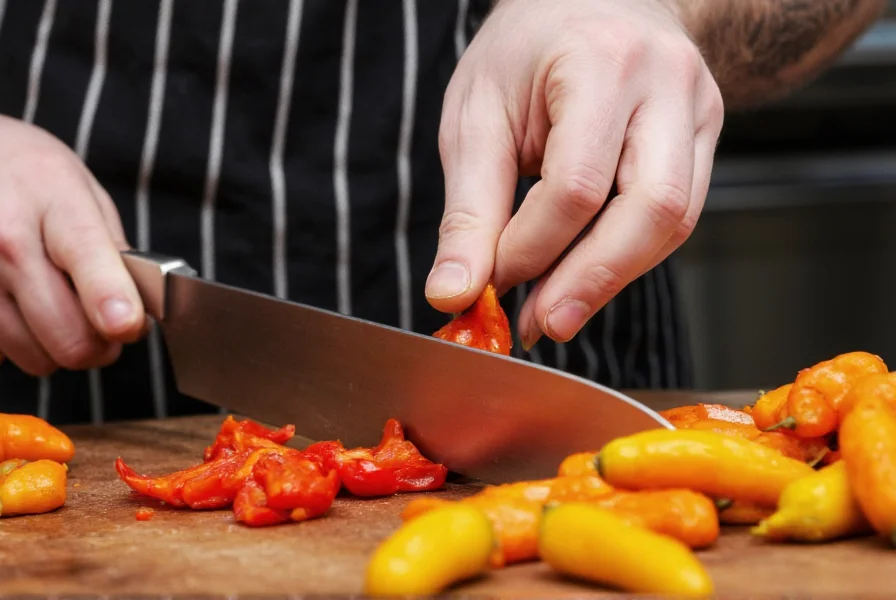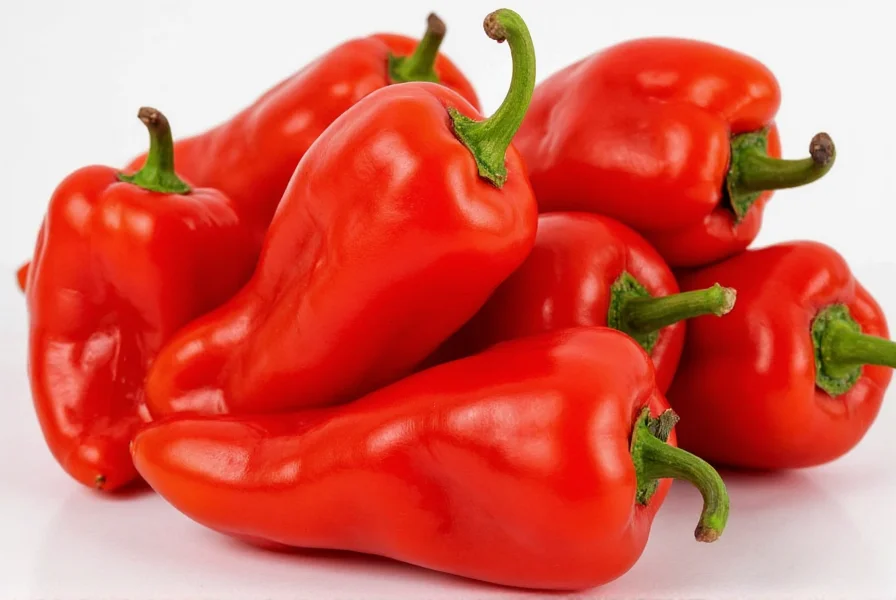Scotch bonnet peppers measure between 100,000 and 350,000 Scoville Heat Units (SHU), placing them among the world's hottest chili peppers. This heat level makes them approximately 40-100 times hotter than a typical jalapeño pepper and comparable to habanero peppers, though Scotch bonnets often have a slightly higher average heat range.
The scotch bonnet pepper scoville scale measurement reveals why this Caribbean staple commands respect in kitchens worldwide. Understanding these fiery peppers requires examining not just their heat level but their unique flavor profile and culinary applications.
Understanding the Scoville Scale and Pepper Heat Measurement
Invented by Wilbur Scoville in 1912, the Scoville Organoleptic Test originally measured capsaicin concentration through human taste panels. Today, high-performance liquid chromatography (HPLC) provides precise measurements of capsaicinoids, the compounds responsible for chili heat, then converts these measurements to Scoville Heat Units.
Pepper heat varies significantly based on growing conditions, soil composition, and climate. The scotch bonnet pepper scoville rating range of 100,000-350,000 SHU represents potential heat under optimal growing conditions. Most commercially available Scotch bonnets typically register between 150,000-300,000 SHU.
| Pepper Variety | Scoville Heat Units (SHU) | Heat Comparison to Jalapeño |
|---|---|---|
| Scotch Bonnet | 100,000-350,000 | 40-100x hotter |
| Habanero | 100,000-350,000 | 40-100x hotter |
| Jalapeño | 2,500-8,000 | 1x (baseline) |
| Ghost Pepper | 855,000-1,041,427 | 100-200x hotter |
| Cayenne | 30,000-50,000 | 12-20x hotter |
Scotch Bonnet Characteristics Beyond Heat
While the scotch bonnet pepper scoville measurement captures attention, these peppers offer more than just heat. Their distinctive wrinkled appearance, often resembling a Scottish bonnet (hence the name), comes in vibrant colors including red, orange, yellow, and even chocolate brown.
Flavor-wise, Scotch bonnets deliver a complex fruity sweetness with citrus notes that distinguishes them from their close relative, the habanero. This flavor complexity makes them prized in Caribbean cuisine, particularly in Jamaican jerk seasoning, Haitian pikliz, and Bahamian hot sauces.

Scotch Bonnet vs. Habanero: Understanding the Differences
Many confuse Scotch bonnets with habaneros due to their similar scoville heat range, but key differences exist:
- Shape: Scotch bonnets have a distinctive rounded, squashed appearance while habaneros are more lantern-shaped
- Flavor profile: Scotch bonnets typically have more pronounced tropical fruit notes
- Heat distribution: Scotch bonnets often have more consistent heat throughout the pepper
- Geographic origin: Scotch bonnets are native to the Caribbean while habaneros originated in the Amazon
When substituting between these peppers in recipes, consider that scotch bonnet pepper scoville variations mean you may need to adjust quantities based on the specific pepper's heat.
Safe Handling and Culinary Applications
Working with peppers at the scotch bonnet pepper scoville level requires precautions:
- Always wear gloves when handling
- Avoid touching your face, especially eyes
- Wash hands thoroughly with soap after handling
- Use separate cutting boards for hot peppers
Chefs recommend removing the placental ribs and seeds (where most capsaicin concentrates) to reduce heat while preserving flavor. When cooking with Scotch bonnets, add them early in the process for full heat integration or later for more pronounced pepper flavor.
Popular applications include:
- Caribbean jerk marinades
- Hot sauces and condiments
- Stews and soups (like Jamaican pepper pot soup)
- Fruit salsas that balance heat with sweetness
- Vinegar-based hot sauces that preserve the pepper's flavor

Growing Scotch Bonnet Peppers
Gardeners interested in cultivating these fiery peppers should note they require:
- 80-100 day growing season with warm temperatures
- Well-draining soil with consistent moisture
- Full sun exposure (6-8 hours daily)
- Regular feeding with balanced fertilizer
- Patience, as heat levels develop fully when peppers ripen to their final color
Understanding scotch bonnet pepper scoville variations helps growers anticipate heat levels. Stressing the plants slightly (reducing water near harvest) can increase capsaicin production and heat intensity.











 浙公网安备
33010002000092号
浙公网安备
33010002000092号 浙B2-20120091-4
浙B2-20120091-4